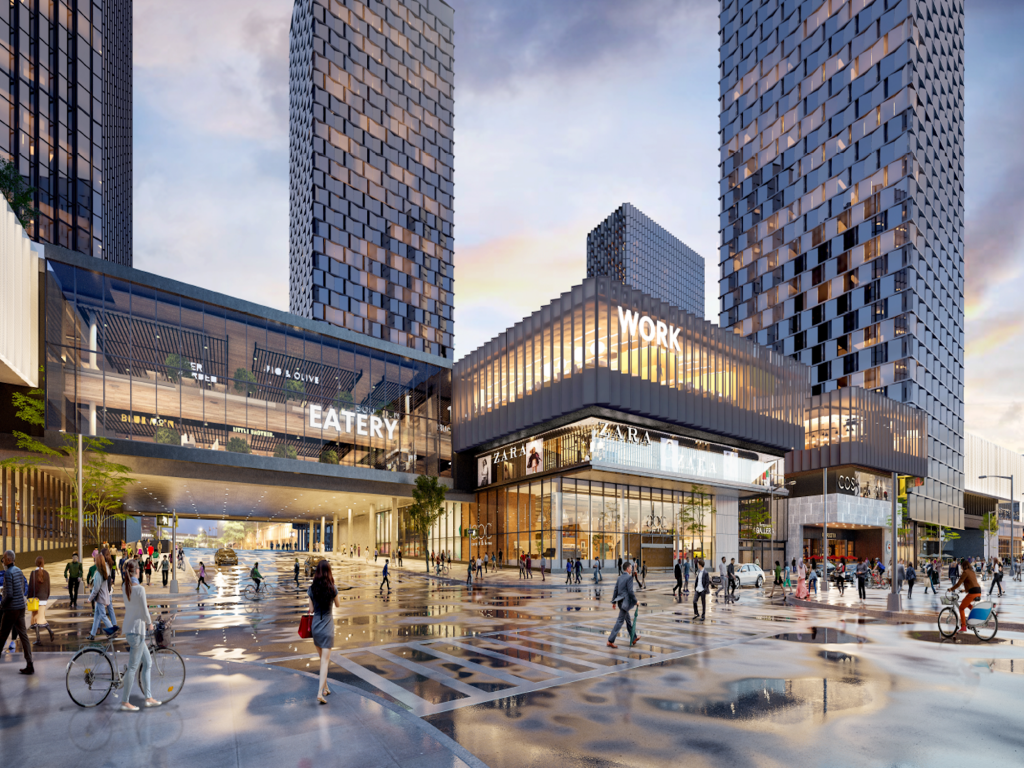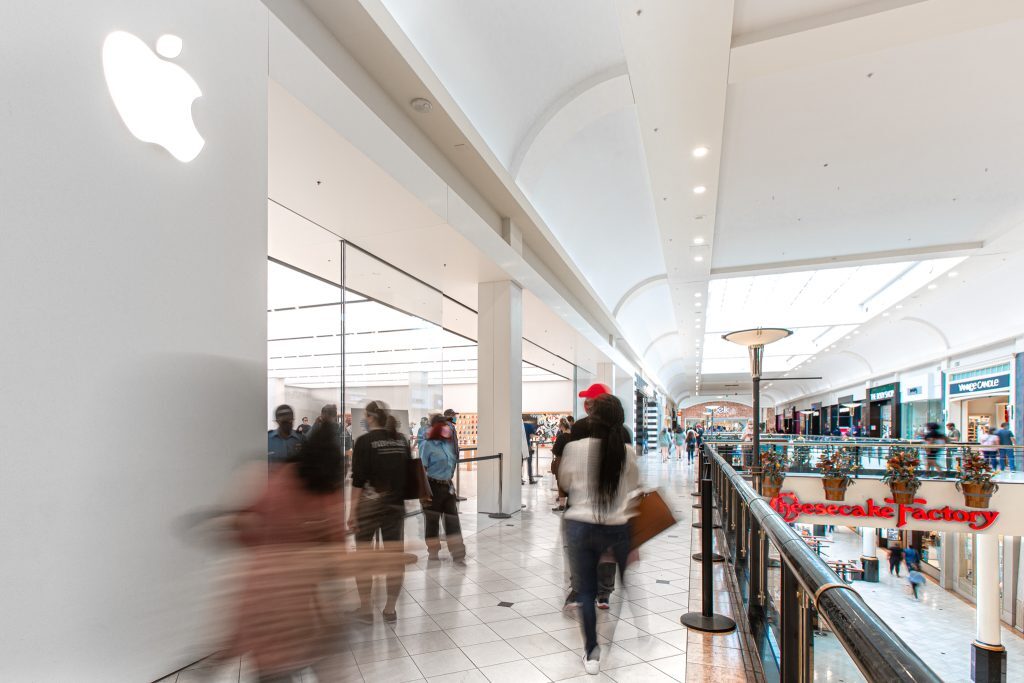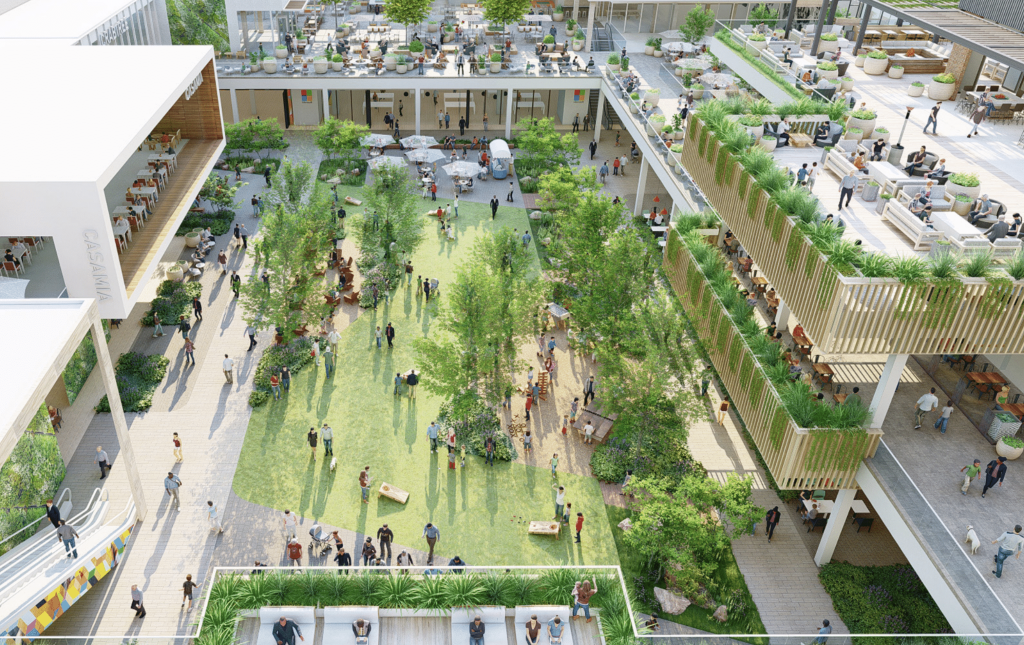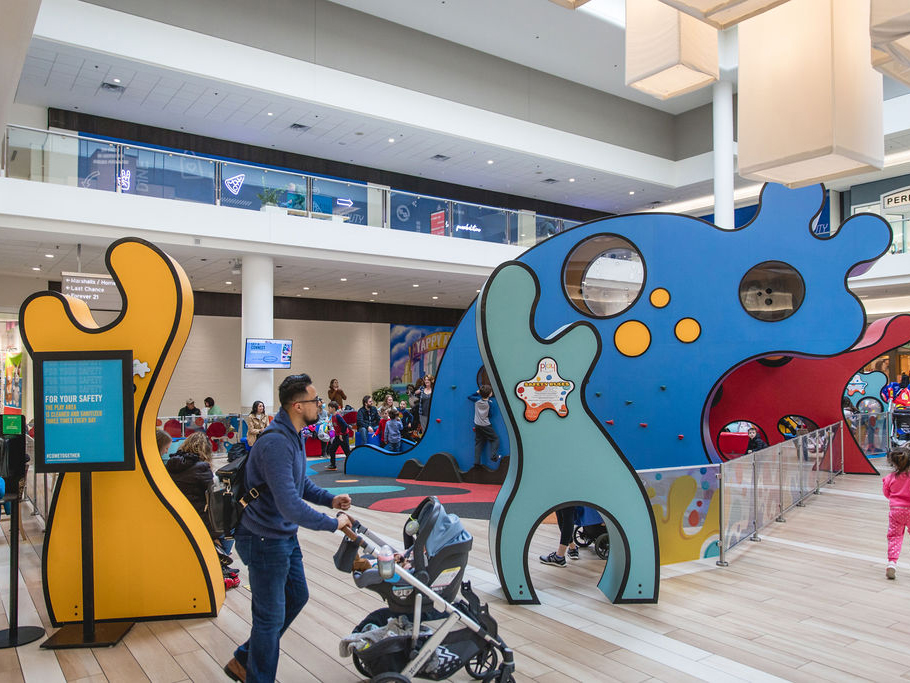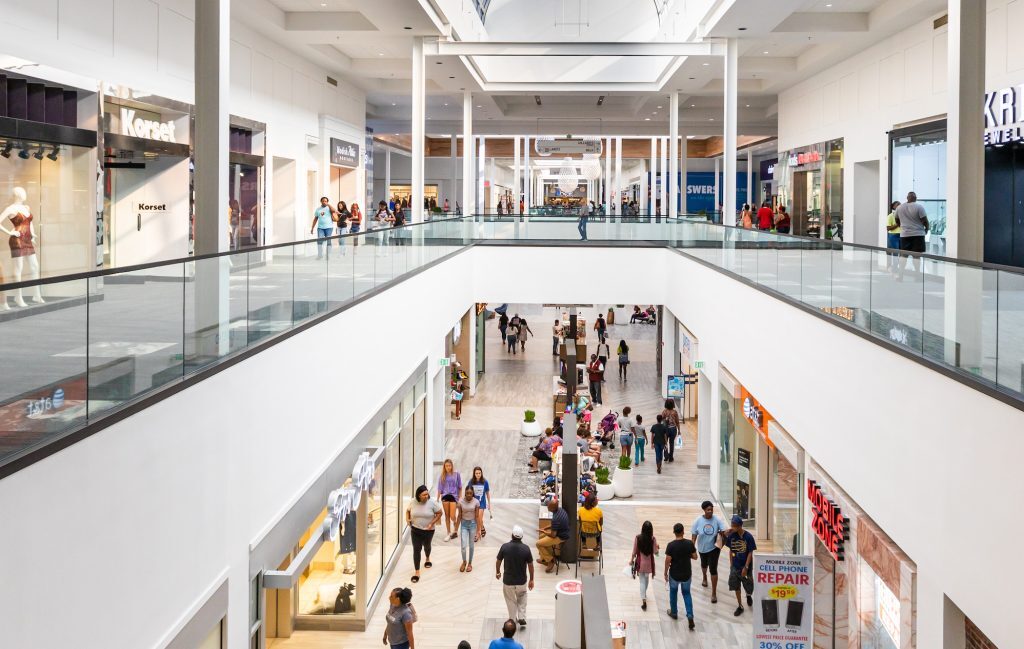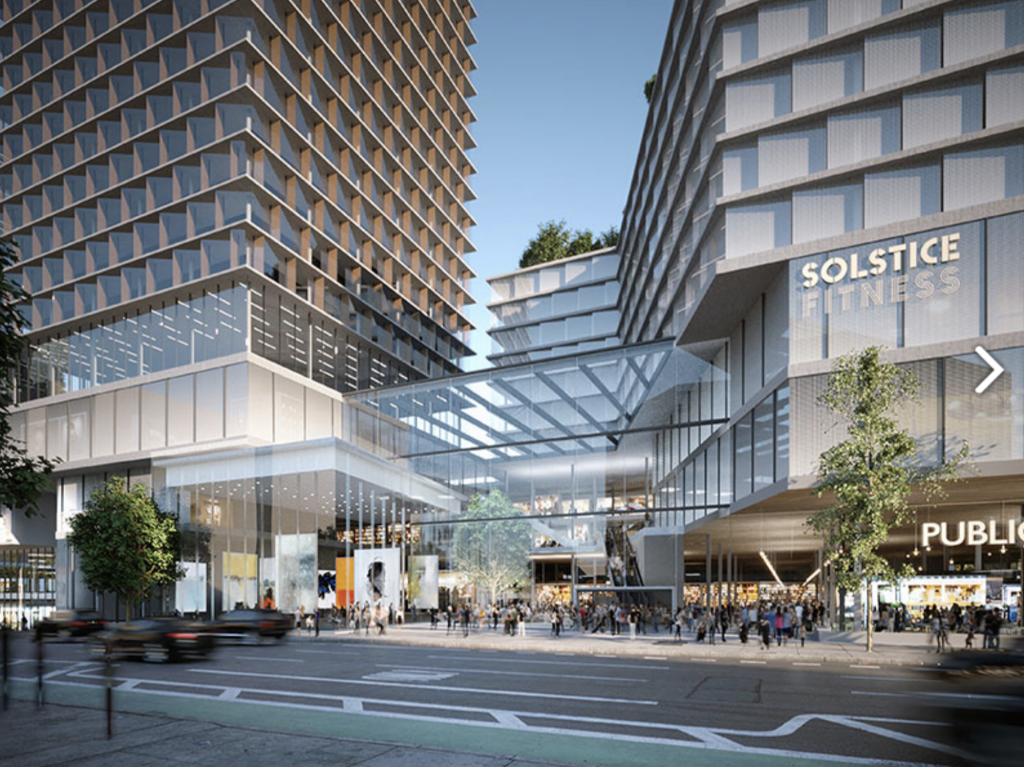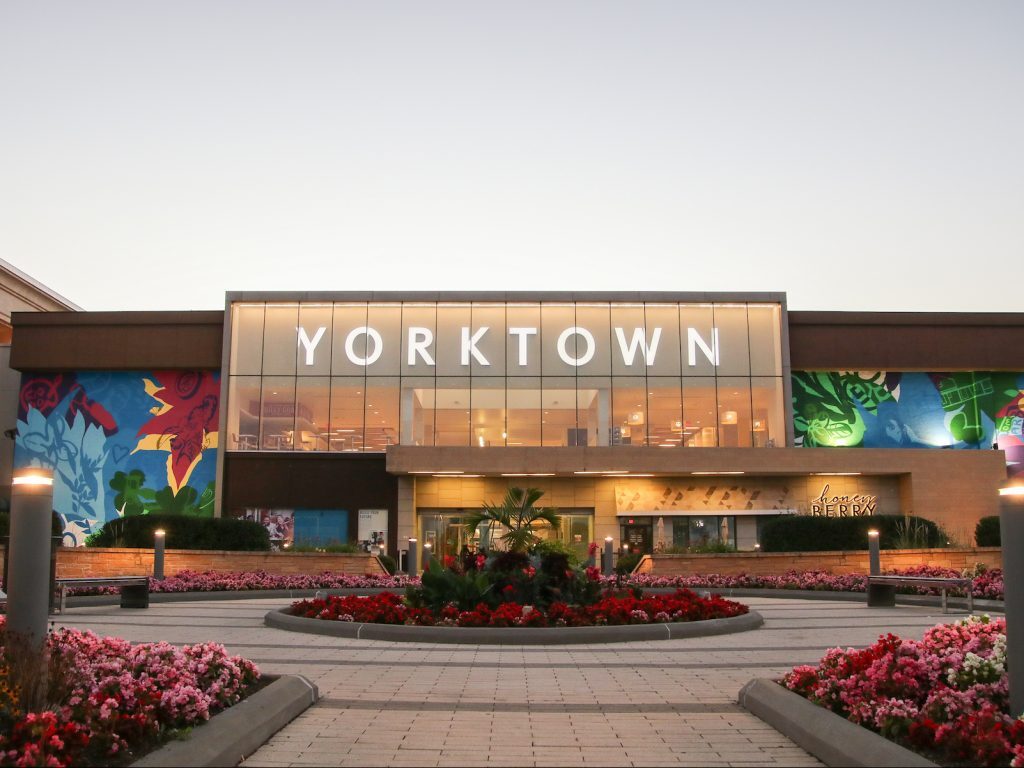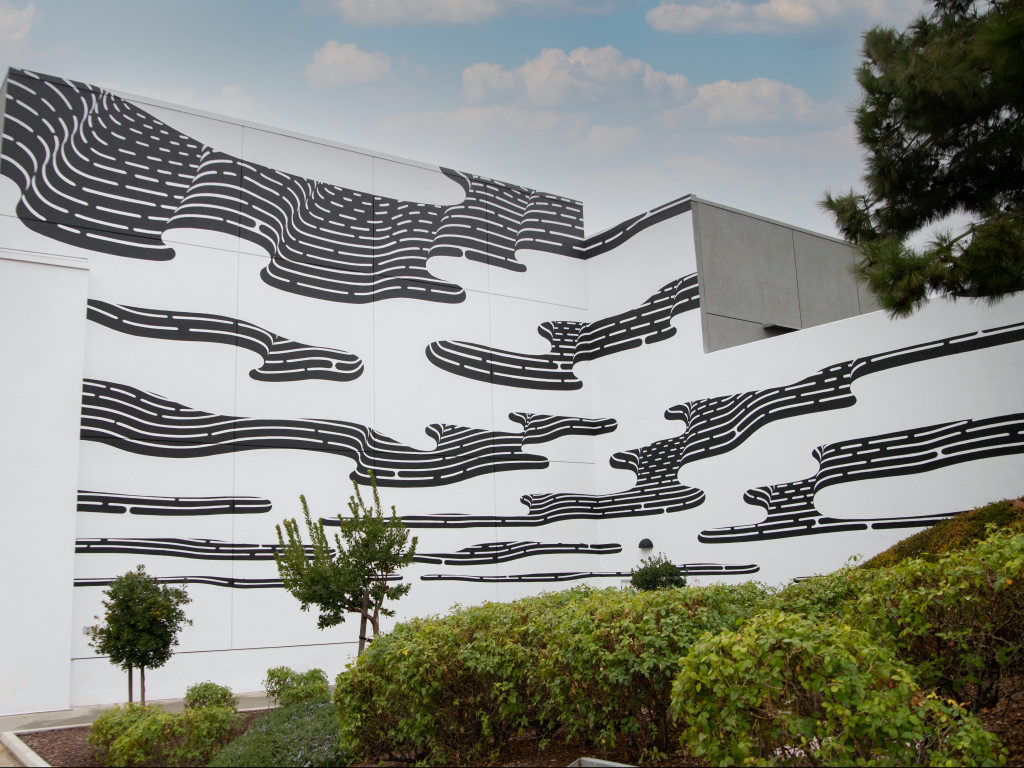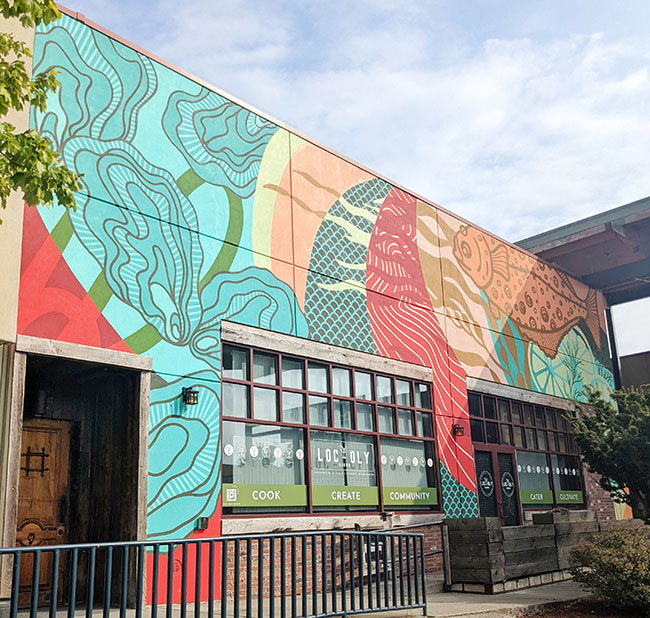By Corina Stef
Experts from JLL, Olshan Properties, Pacific Retail Capital Partners and Terra Strategies discuss what’s ahead. retail stores of the future
The future of retail is here, bringing remarkable transformations and exciting possibilities. As the industry continues to evolve, new types of tenants are emerging, reshaping traditional concepts of brick-and-mortar stores. Simultaneously, e-commerce is still altering consumer behaviors, prompting even experienced retailers to explore innovative ways to bridge the digital and physical realms.Department stores, once considered retail anchors, are undergoing a profound revolution to adapt to changing consumer preferences and expectations. To attract customers to physical stores amidst a vast online market, a diverse retail line-up must feature experiential or unique elements, be it through vibrant design, niche products, or cutting-edge experiences offered by the tenants themselves.
“When looking at physical retail spaces, you need to look at two buckets. The retail experience of the modern era isn’t dying. It’s the retail experience of the past that is,” Najla Kayyem, executive vice president of marketing for Pacific Retail Capital Partners, told Commercial Property Executive. “Retailers who neglect to invest in the in-store experience and cater to the evolving needs of today’s consumers aren’t going to make it. We’ve seen that with Bed Bath and Beyond.”
In the ever-changing business landscape, adaptability is crucial for long-term success. In retail, the rise of experiential tenants has been a significant trend. These tenants focus on providing unique and immersive experiences to their customers, going beyond traditional offerings. They create an environment where customers can engage with the brand and its products or services in a more interactive and memorable way.
Enter the retail stores of the future
The future of retail stores—especially brick-and-mortar ones—is undergoing a transformative shift where the boundaries between physical and online retail blur to create a seamless shopping experience.
For online retailers without a physical presence, seeking investment to reduce operating costs related to customer acquisition, shipping and returns becomes crucial. Similarly, brick-and-mortar retailers without an online presence must recognize the limitations of relying solely on in-store customers and strive to offer a compelling value proposition to retain their customer base.
“If, on the other hand, you are a retailer that has both an offline and online presence, but have not properly integrated these components—i.e. you can’t accept returns made from online purchases in-store or don’t have the capability to allow customers to text with a sales representative—then you are entirely inefficient and are likely going to lose market share,” according to Shlomo Chopp, managing partner of Terra Strategies.
James Cook, director of retail research at JLL Americas, brings a different perspective to the table: How will online retailers need to adapt to compete with physical retail stores? After more than 20 years of e-commerce, online sales still only make up 14.7 percent of all retail sales. Brick-and-mortar store retailers have, for the most part, made all the changes they could have done in order to be competitive. They have instituted click-and-collect and buy online and return-in-store models, ship-from-store and other delivery options wherever possible.
“Perhaps the biggest value in having physical retail stores is in helping to create market share,” Cook said. “Online retail is a vast ocean and it is difficult and expensive to acquire a new customer. Conversely, it’s much easier for brick-and-mortar stores to earn new customers, as competition is so much less,” he believes.






